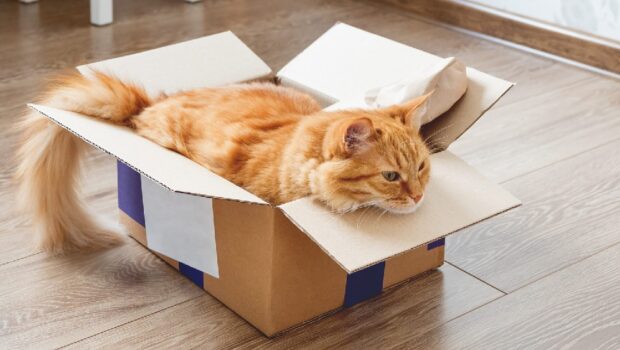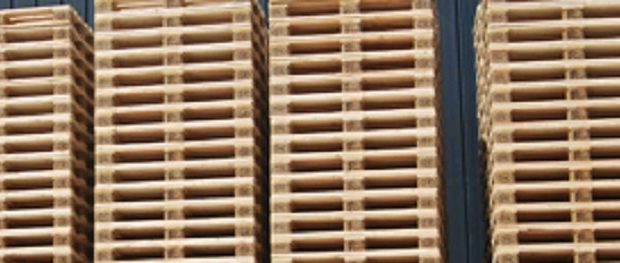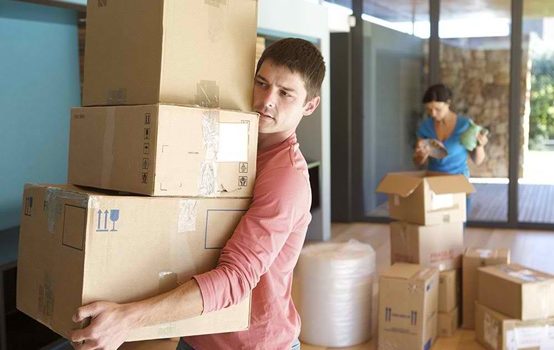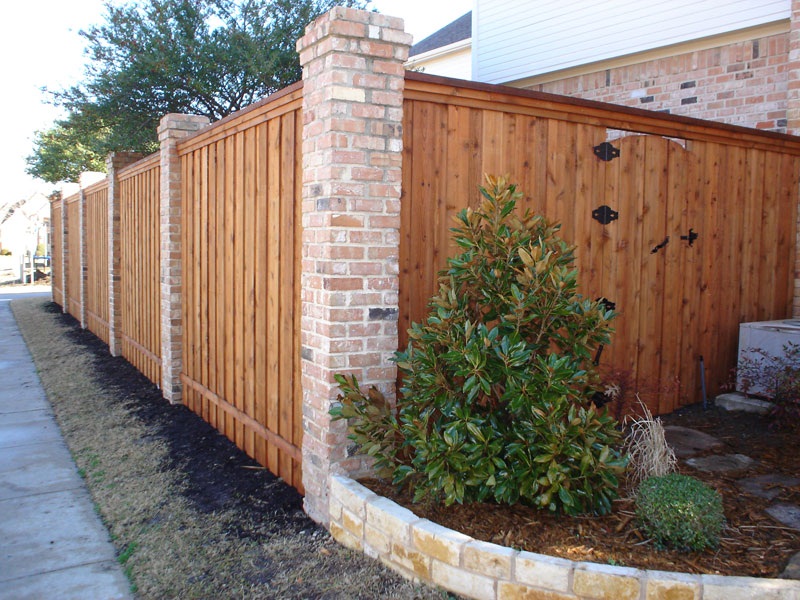Are you a plant lover? Are you feeling a bit worried about how to tackle the task of moving plants to your new home? Then keep reading.
Moving plants to a new home can surely seem daunting. However, with the right know-how and preparation, you can ensure a safe and successful transportation of your beloved greenery.
Whether you’re relocating to a new city or simply moving across town, this guide will provide invaluable tips and techniques on how to move plants with care.
So, let’s dive in.
How Far Are You Moving?
So, you’re gearing up for the big move, right? Before you start packing your plants, consider the distance you’ll be travelling to reach your new place.
If you’re moving locally, you might be able to handle the plant transportation yourself. Yes, moving plants in your own vehicle might be feasible.
However, for long-distance moves, it’s wise to plan ahead and make necessary arrangements. In such cases, using a professional home removals service can ensure the safe transportation of your plants.
How Big Are Your Plants?
Size matters when it comes to packing and moving plants. Smaller plants can be easily handled, while larger plants require more care and attention.
For smaller plants, a sturdy cardboard box will do the trick. You can simply place them in a sturdy cardboard box, ensuring there is enough padding with some cushioning material like packing peanuts or crumpled newspaper to prevent movement during transit.
Larger plants, such as trees, require more specialised methods of transportation, which we’ll cover in the next section.
Checking Pots For Cracks
Before packing plants, take a moment to examine their pots for any cracks or damage.
Cracked pots can lead to soil spillage and root damage during the move. If you spot any cracks, consider repotting your plant in a new container before the move.
This will ensure the safety of your plants and minimise the risk of soil mess when moving house to London.
Here’s the step-by-step guide on how to check your plant pots for cracks:
Step 1: Gather your plant pots
Collect all the pots you plan to transport and find a comfortable spot to inspect them.
Step 2: Clean the pots
Before examining for cracks, clean the pots properly to get rid of any dirt or debris that could obscure the damage. A soft brush or cloth is best in such cases to wipe any grime and ensure a clear view.
Step 3: Check the exterior
Starting with the exterior of each pot, visually inspect it from top to bottom. Look for any visible cracks, chips, or breaks in the pot’s surface. Run your fingers gently over the pot, feeling for any rough spots or irregularities that could indicate hidden damage.
Step 4: Inspect the interior
Turn each pot upside down and carefully examine the interior. Look for any cracks, splits, or weakening of the pot’s structure. Pay close attention to the bottom and edges, as these areas are more prone to damage.
Step 5: Tap the pot
Hold the pot in one hand and lightly tap its sides and bottom with your other hand. Listen closely for any hollow or dull sounds, as these can be indications of hidden cracks or weak spots.
Step 6: Check for wobbling
Place each pot on a flat surface and gently nudge it from different angles. If the pot wobbles or feels unstable, it could be a sign of an undetected crack or compromised structure.
Step 7: Assess drainage holes
Examine the drainage holes at the bottom of each pot. Cracks or damage in this area can compromise the pot’s ability to drain properly, which may affect the health of your plants.
Step 8: Repot them, if necessary
If you come across any cracks or damage during your inspection, it’s advisable to repot your plant in a new container before the move. Select a sturdy and appropriate-sized pot that will provide ample space for your plant’s roots.
How To Pack Plants and Trees
Packing plants and trees for transportation requires special care and attention to ensure their safe journey.
You need to master the tricks on how to pack plants and trees to ensure their safe arrival in your new home. Here are different ways to pack plants and trees to help protect them during the move.
Packing Smaller Plants
To pack smaller plants, start by gently removing them from their pots. Place each plant in a plastic bag, making sure to secure the stems to prevent any damage.
Fill the bottom of a cardboard box with packing peanuts or crumpled newspaper to provide a cushioning layer.
Arrange the plants inside the box, filling any empty spaces with additional padding. Seal the box and then label it as “Fragile – Plants.” If needed, consult with a professional home removals service that specialises in moving plants.
Transporting a Tree
Transporting a tree is a whole ball game altogether. The moving process requires more attention and planning.
First, prune the tree by trimming any dead or excessive branches.
Next, carefully dig around the base of the tree to preserve as much of the root ball as possible. Wrap the root ball with burlap and secure it with twine.
Place the tree in a large container or specialised tree bag, ensuring it remains upright during transit. If needed, consult with a professional house removals service that specialises in moving trees.
How to Replant After a Move
Once you’ve succeeded in moving plants to your new home, it’s time to think about their well-being. Start by unpacking your plants as soon as possible to provide them with fresh air and sunlight. Inspect the plants for any signs of stress or damage.
If necessary, trim away any damaged foliage or roots. Replant your plants in suitable pots or in your garden, taking care to provide them with the necessary nutrients and watering routine.
Conclusion
Moving plants to a new home may seem daunting when moving house to London. But with the right approach, you can ensure their safe moving plants during your journey.
To ensure a smooth transition for moving plants when moving home to the capital, you need to take every necessary precautionary measure. By following these tips, you’ll be well-equipped to move your plants and create a beautiful green space in your new home.
If you’re in need of some professional assistance, reach out to London home removals specialists, for they can make the entire transition seamless.





